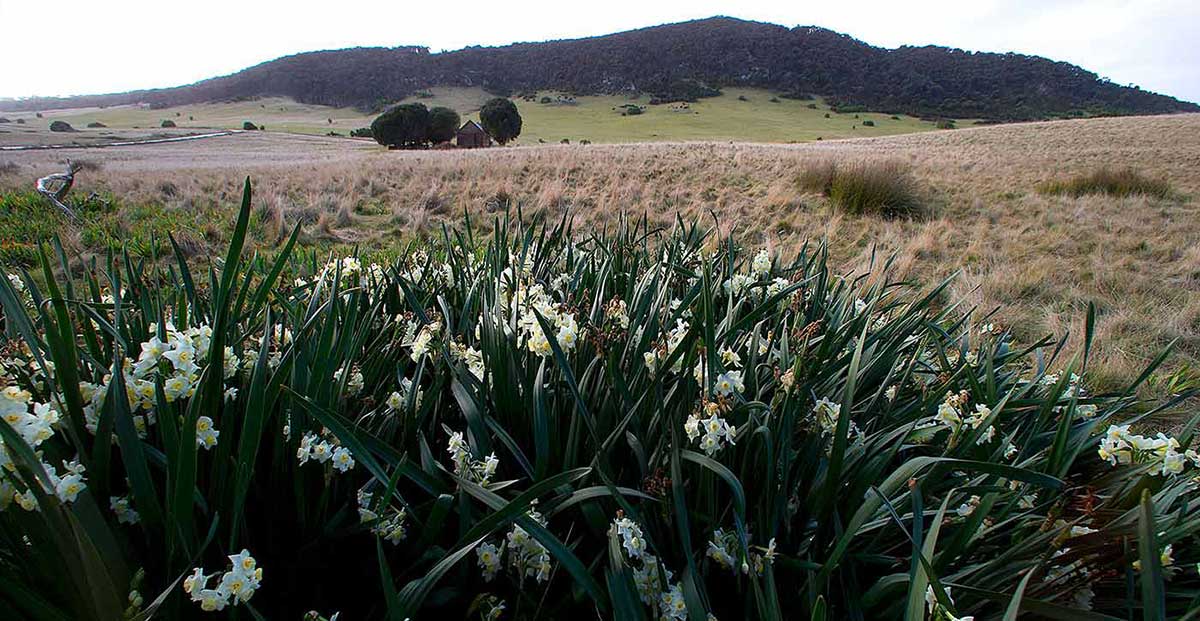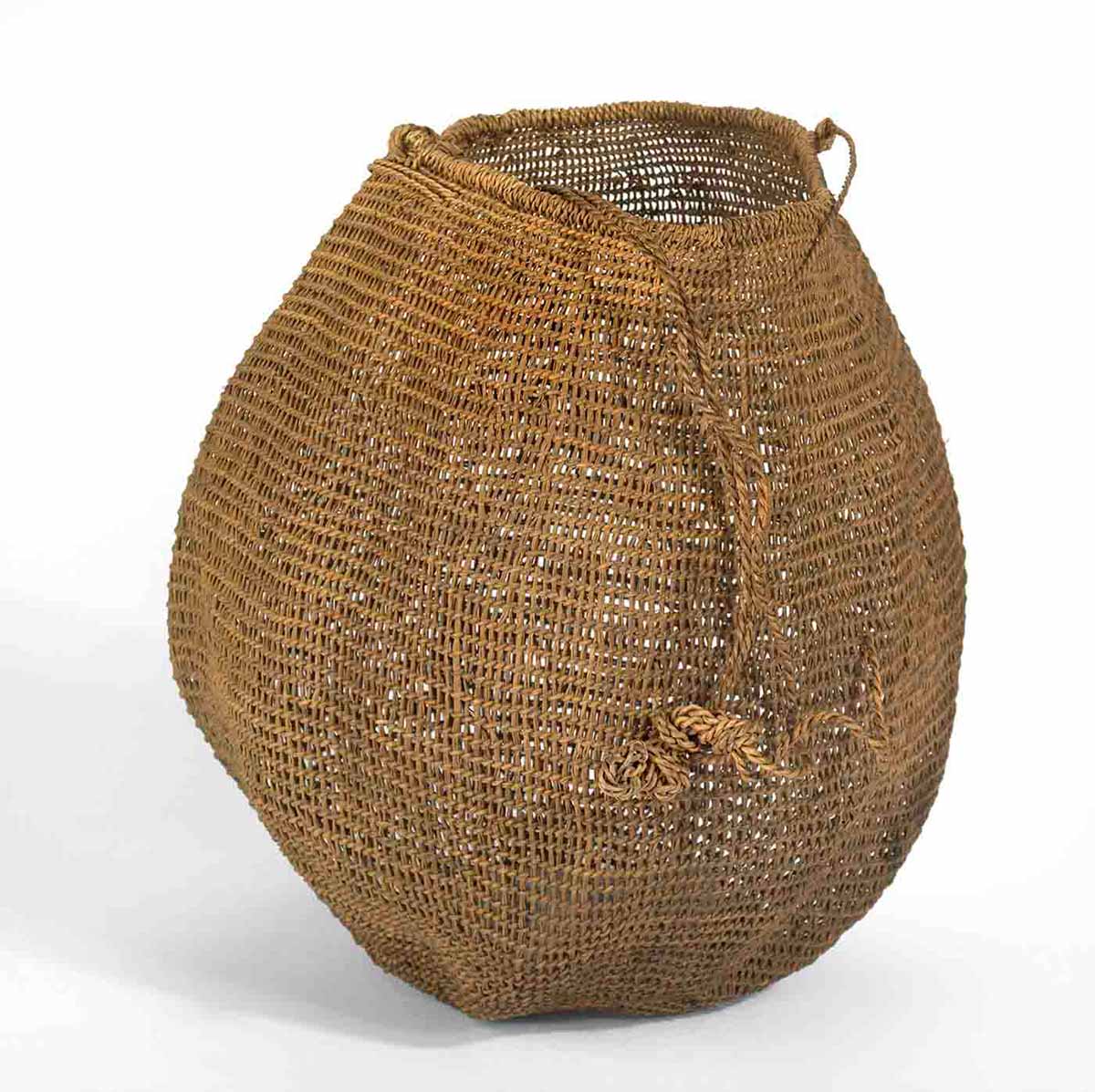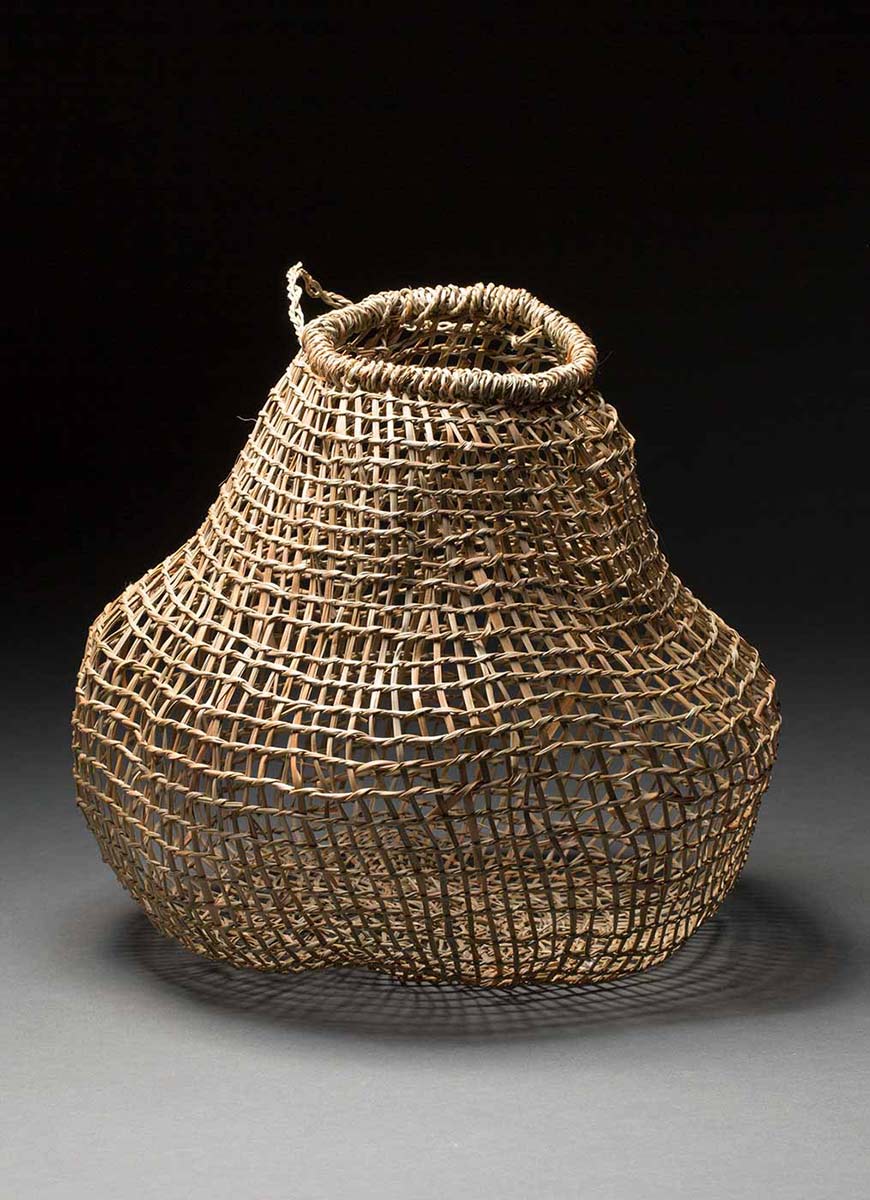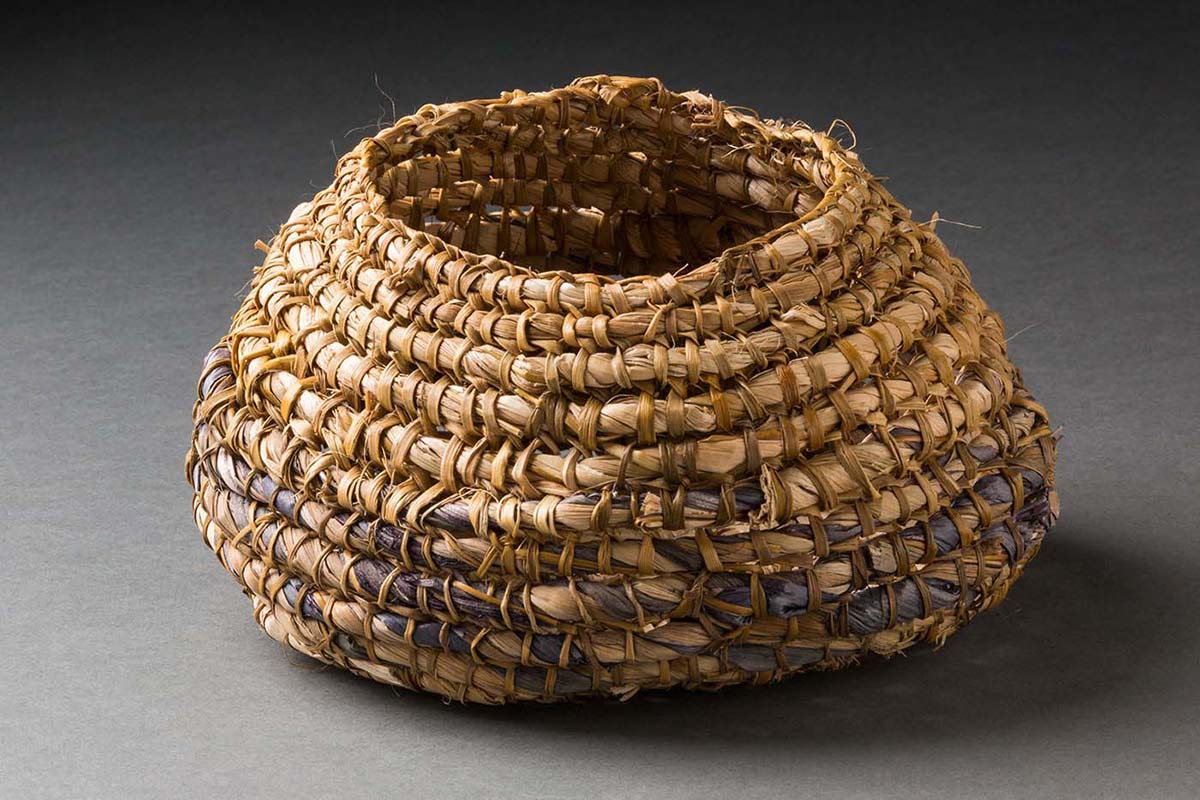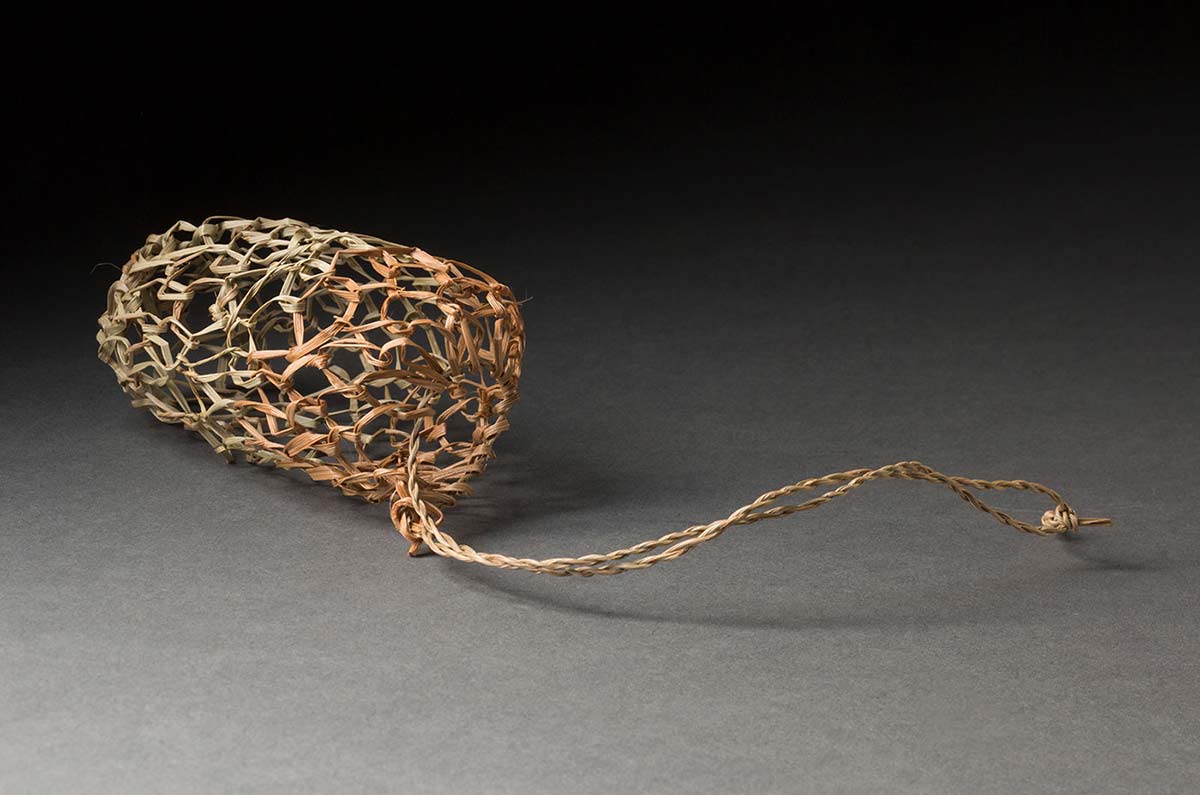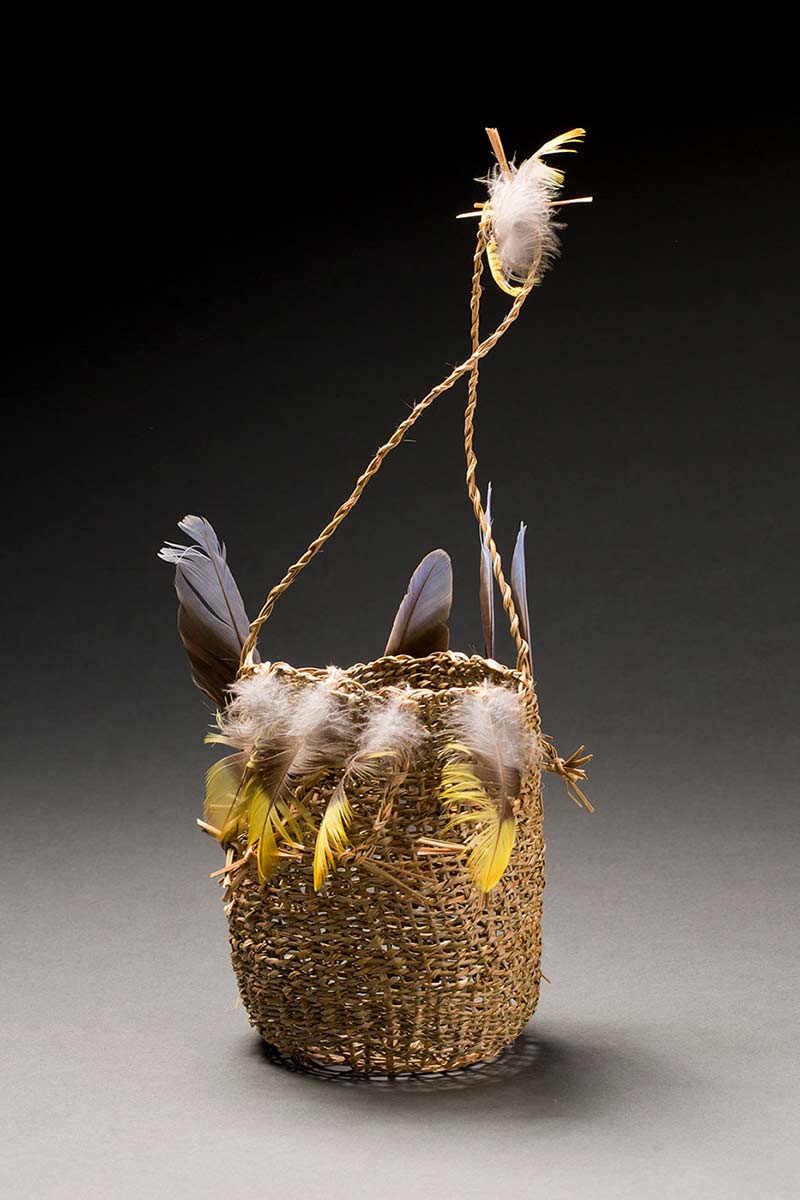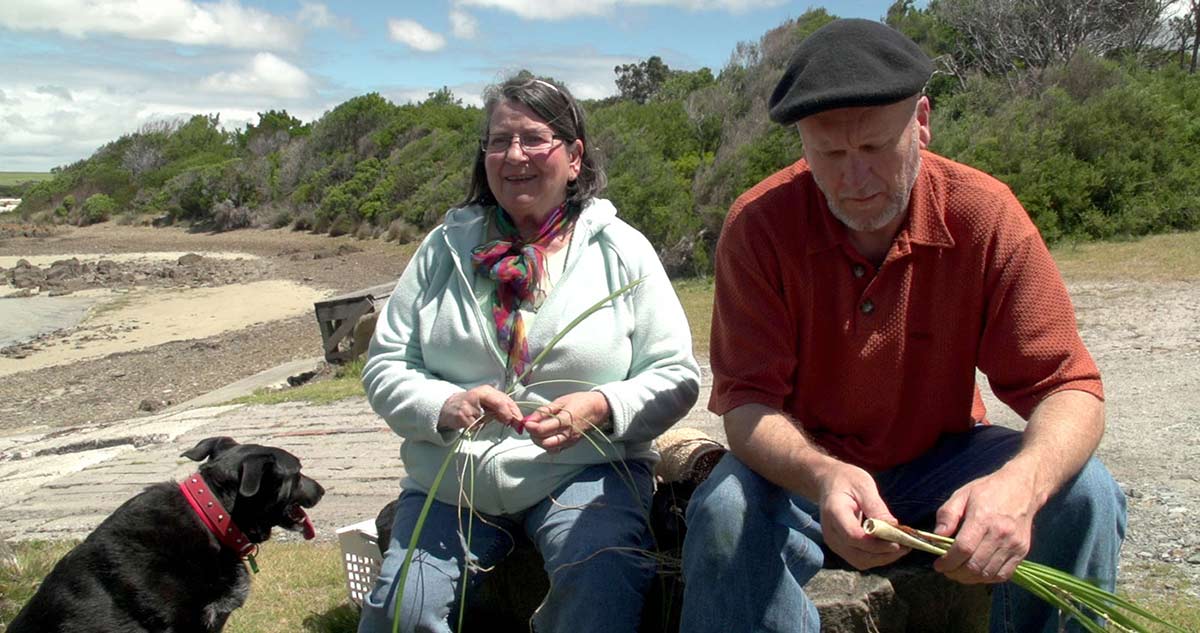Against all odds
Theresa Sainty, pakana (Tasmanian Aborigine), 2014:
[People say,] oh ... they’ve lost so much. But I think ... hang on a minute. Isn’t it wonderful that we have so much culture that we have retained. To be taken from country ... taken to those islands where you’ve got nowhere to go – prisoners almost ... And yet, they [our ancestors] made sure information is passed down through their families. Against all odds.
Tasmanian Aborigines continue to celebrate their culture and spirituality, despite the actions of early colonial authorities and settlers.
Mary Ann Friend, Journal of a Voyage to Hobart, entry for April 1830:
The [British] inhabitants are carrying on a war of extermination with the natives who are destroyed without mercy wherever they are met.
In the early 1830s, authorities exiled 134 Tasmanian Aborigines to Wybalenna on Flinders Island. The people worked to keep their culture strong, but their sense of loss was profound.
Leonie Dickson, Tasmanian Aboriginal elder, 2014:
At Wybalenna they were so homesick they used to climb to the top of the hill and think that they could sort of fly off and ... see Tasmania in the distance.
Enduring poor living conditions, disease and neglect, many sickened and died. In 1846, people from Wybalenna petitioned Queen Victoria about the appalling conditions there. By 1847, when Wybalenna was abandoned, only 47 people remained. For Tasmanian Aborigines today, there is both strength and sorrow in remembering this time.
Old objects
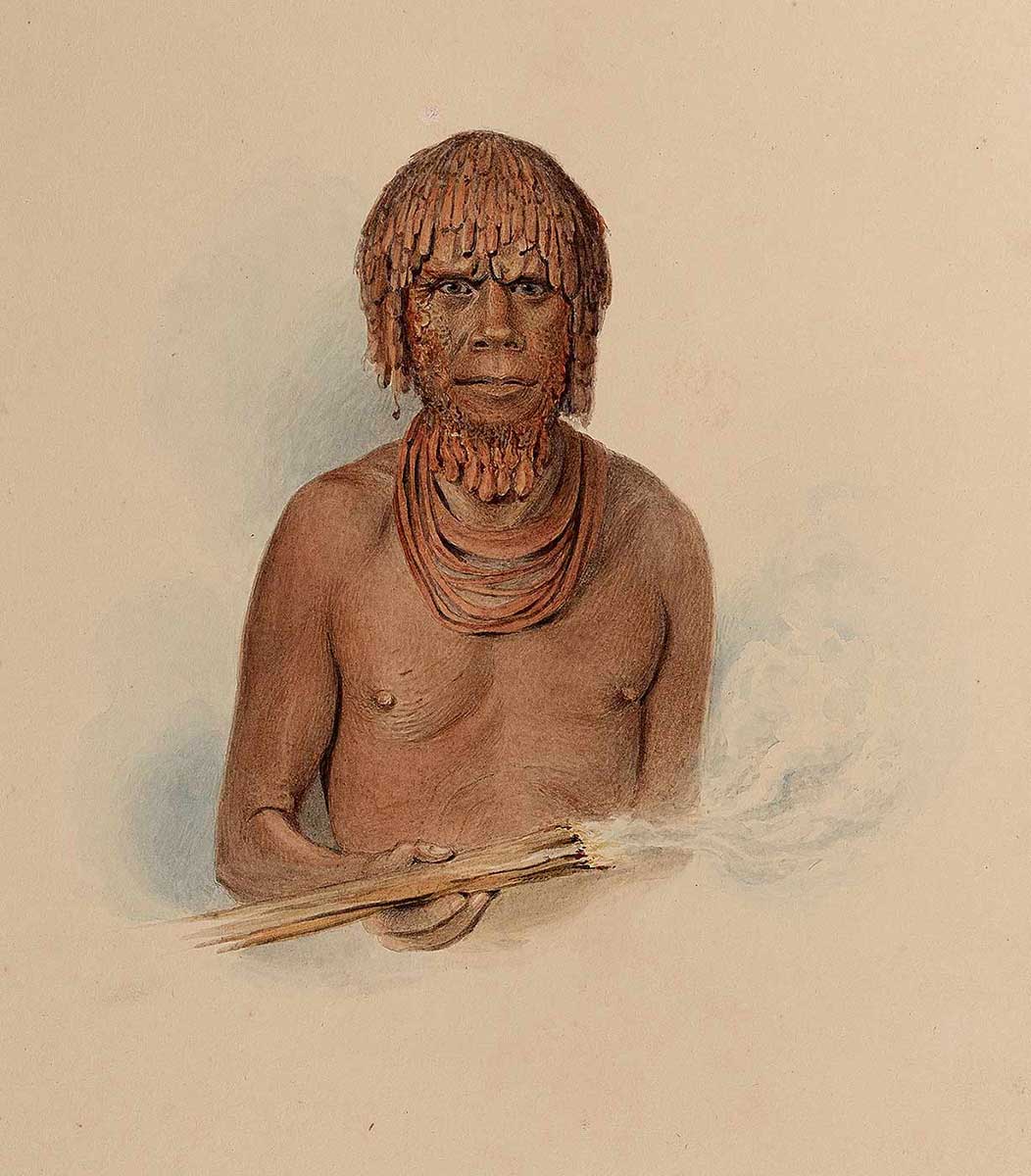
Thomas Bock painted many portraits of Tasmanian Aboriginal people, 17 of which are in the collection of the British Museum. This painting was probably part of a larger collection of prints, paintings and objects that George Augustus Robinson, Protector of Aborigines at Wybalenna Aboriginal Station on Flinders Island, acquired before he returned to England in 1852.
Physician, craniologist and collector Joseph Barnard Davis bought the collection from Robinson’s widow in 1867. After Davis’s death in 1881,the portraits, along with other artworks and objects, were auctioned.
Augustus Wollaston Franks, Keeper of British and Medieval Antiquities and Ethnography at the British Museum, purchased most of the Aboriginal material being auctioned, including this portrait. Franks later gave the portrait to the British Museum, probably in November 1889.
New objects
Vicki West, Tasmanian Aborigine, 2009:
Working with the traditional materials and in the traditional ways has been important for me in connecting with the my culture. Sitting with other women from the community, and sharing stories while we weave, much in the same way as it has been for thousands of generations, is a very grounding experience.
Clyde Mansell, palawa elder, 2014:
The minute I look at that [portrait] I immediately within myself reaffirm who I am.
You may also like
